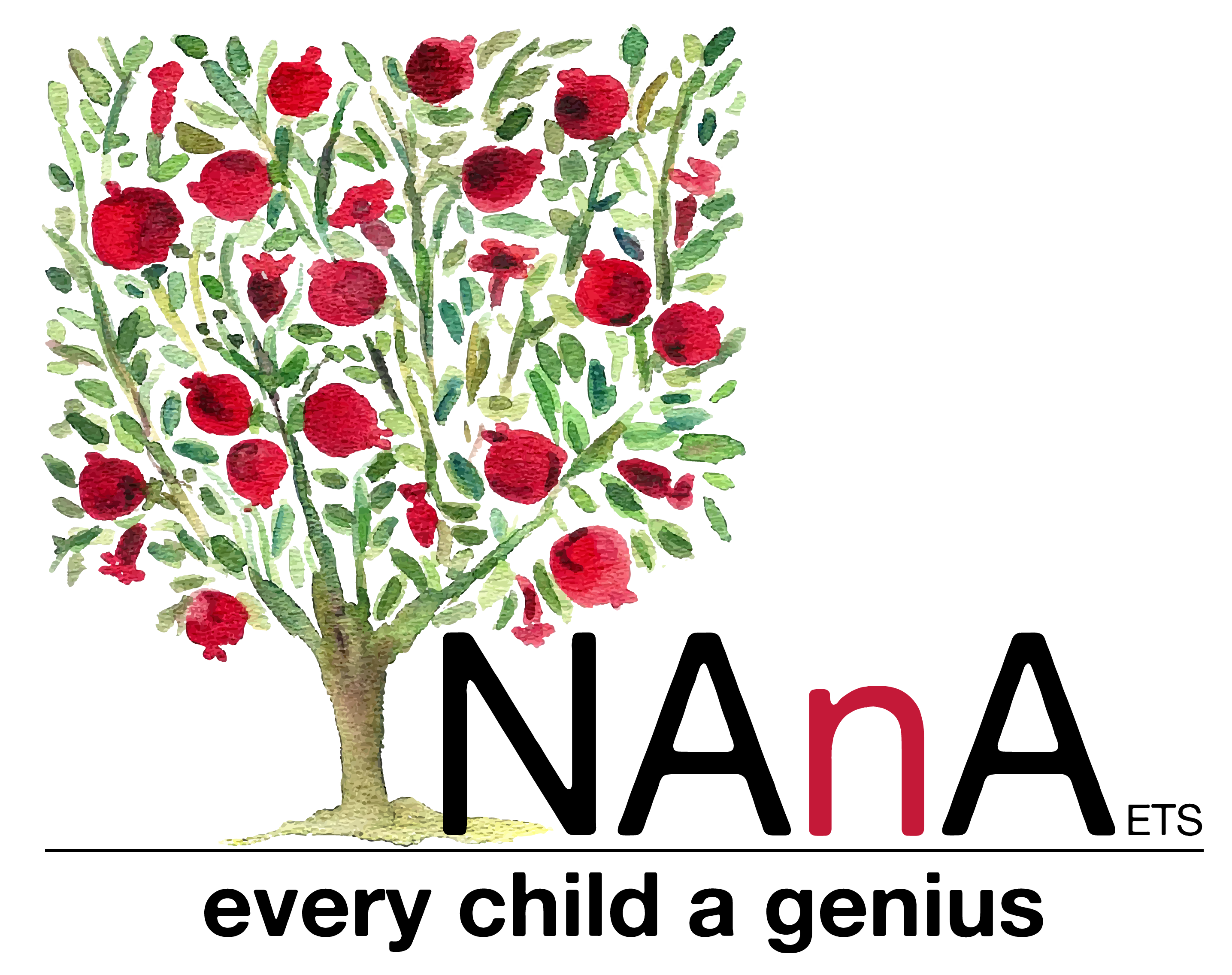Interview
NAnA ETS has been transformational for my career as it has always supported our Lab with funding for personnel and travel, administrative skills, logistics for events and grants writing. I was able to attend multiple scientific meeting all over the world thanks to the funding received from NAnA ETS.
Our group has shed light on mechanisms of progression from bone marrow failure syndromes to myeloid neoplasia (Gurnari et al, JCO 2023) and has been pioneer in the molecular diagnosis of VEXAS, a new disorder discovered only in 2020 (Gurnari et al AJH 2024).
My research delves with both clinical care and diagnosis of myeloid neoplasia and research activities to find new molecular markers predictive of therapeutic response, disease progression or disease susceptibility by means of application of several molecular biology methods.
My area of expertise is the application of molecular biology to shed light on pathophysiology of myeloid neoplasia and bone marrow failure syndromes, both acquired and inherited. Thanks to the sophistication of genomic medicine, my aim is to provide precision medicine and tailored treatments for our patients.
I am an Assistant Professor of Hematology at the University of Rome Tor Vergata, Rome, Italy. My activity is focused on clinical care and molecular diagnosis of patients with myeloid neoplasia.
Biosketch
Carmelo Gurnari MD, PhD
 After graduating from Pavia (Italy) medical school in 2015 with a thesis in Pediatric Hematology/Oncology, Dr. Gurnari completed his training in Hematology at the University of Rome, Tor Vergata. He then decided to continue his education at Tor Vergata, and he completed a Ph.D program in “Immunology, Molecular Medicine and Applied Biotechnology”. Simultaneously, Dr. Gurnari has been working since 2019 at the Department of Translational Hematology and Oncology Research of Cleveland Clinic (USA) focusing on the genomics of bone marrow failure disorders and myeloid neoplasia. Currently, Dr. Gurnari is an Assistant Professor of Hematology at University of Rome Tor Vergata.
After graduating from Pavia (Italy) medical school in 2015 with a thesis in Pediatric Hematology/Oncology, Dr. Gurnari completed his training in Hematology at the University of Rome, Tor Vergata. He then decided to continue his education at Tor Vergata, and he completed a Ph.D program in “Immunology, Molecular Medicine and Applied Biotechnology”. Simultaneously, Dr. Gurnari has been working since 2019 at the Department of Translational Hematology and Oncology Research of Cleveland Clinic (USA) focusing on the genomics of bone marrow failure disorders and myeloid neoplasia. Currently, Dr. Gurnari is an Assistant Professor of Hematology at University of Rome Tor Vergata.
His clinical and translational research expertise encompasses myeloid malignancies with a special focus on acute promyelocytic leukemia, myelodysplastic syndromes and acute myeloid leukemia as well as bone marrow failure syndromes and germline predisposition. Topics of his interest are particularly DDX41-mutant myeloid neoplasia and VEXAS syndrome. Dr. Gurnari is a member of the European Hematology Association (EHA) for which serves as a Mentor of the Classical Master Class Program, of the European Society for Blood and Marrow Transplantation (EBMT), for which he serves as vice-chair of the MDS subcommittee of CMWP. He is also a member of other national and international societies such as the Italian Hematology Association and the International Paroxysmal Nocturnal Hemoglobinuria Interest Group.
In these years, Dr. Gurnari has been awarded several international prizes such as the Tito Bastianello Young Investigator Award in MDS research and the ASH-IPIG Award for PNH research twice, the Under40 in Hematology Italian award and the NaNa ETS prize at SIES 2024 in Florence. This last prize will be instrumental to continue his work in myeloid malignancies, particularly to shed light on mechanisms of ontogenesis of leukemia from prior bone marrow failure syndromes and germline predisposition.
Among the major publications:
1. Gurnari C. et al JCO 2023: Clinical and Molecular Determinants of Clonal Evolution in Aplastic Anemia and Paroxysmal Nocturnal Hemoglobinuria
2. Gurnari C. et al AJH 2024: Diagnostic capabilities, clinical features, and longitudinal UBA1 clonal dynamics of a nationwide VEXAS cohort
3. Gurnari C. et al Blood 2023: IPSS-M in myelodysplastic neoplasms arising from aplastic anemia and paroxysmal nocturnal hemoglobinuria.

